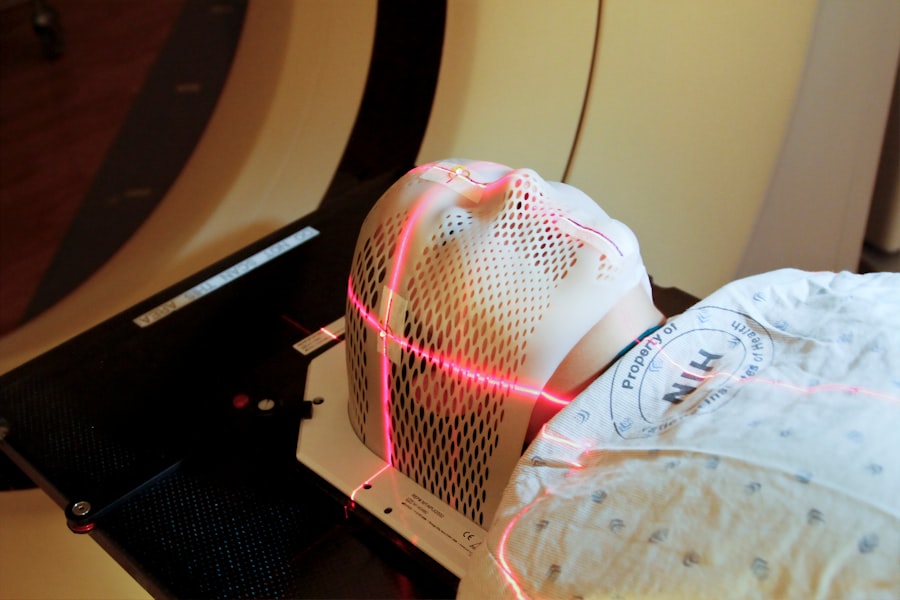When it comes to permanent hair removal, there are several different treatment options available. One of the most popular methods is laser hair removal, which uses concentrated beams of light to target and destroy hair follicles. This treatment is effective for reducing hair growth in areas such as the legs, underarms, and bikini line. Another common method is electrolysis, which uses a small electric current to destroy individual hair follicles. This treatment is often used for smaller areas such as the upper lip, chin, and eyebrows. Additionally, there are newer technologies such as intense pulsed light (IPL) treatments, which use broad-spectrum light to target hair follicles. Each of these methods has its own benefits and considerations, so it’s important to consult with a professional to determine the best option for your specific needs.
In addition to these professional treatments, there are also at-home options such as waxing, sugaring, and depilatory creams. While these methods can provide temporary hair removal, they are not considered permanent solutions. It’s important to understand the key differences between these various treatments in order to make an informed decision about which option is best for you. Consulting with a licensed professional is crucial in order to receive personalized recommendations and ensure the safety and effectiveness of the chosen treatment.
Key Takeaways
- There are various types of permanent hair removal treatments, including laser, electrolysis, and intense pulsed light (IPL), each with its own pros and cons.
- Factors such as the size of the treatment area, the number of sessions required, and the location of the treatment facility can influence the cost of permanent hair removal.
- The average cost of permanent hair removal treatments can range from a few hundred to a few thousand dollars, depending on the factors mentioned above.
- Additional costs to consider for permanent hair removal include pre-treatment consultations, post-treatment care products, and potential touch-up sessions.
- Financing options such as payment plans, medical credit cards, and insurance coverage may be available to help cover the cost of permanent hair removal treatments.
Factors That Influence the Cost of Permanent Hair Removal
The cost of permanent hair removal treatments can vary widely depending on a number of factors. One of the primary considerations is the size of the treatment area. Larger areas such as the legs or back will typically require more time and resources, resulting in a higher cost. Additionally, the density and coarseness of the hair in the treatment area can impact the cost, as thicker or denser hair may require more sessions to achieve desired results. The location of the treatment facility can also influence the cost, as prices may be higher in urban areas with a higher cost of living.
Another factor that can influence the cost of permanent hair removal is the type of technology or method used. Laser hair removal, electrolysis, and IPL treatments all have different associated costs, with laser hair removal typically being the most expensive due to the advanced technology involved. The experience and qualifications of the practitioner performing the treatment can also impact the cost, as more experienced professionals may charge higher fees for their services. It’s important to consider all of these factors when budgeting for permanent hair removal treatments in order to ensure that you are able to cover the full cost of the procedure.
The Average Cost of Permanent Hair Removal Treatments
The average cost of permanent hair removal treatments can vary widely depending on the factors mentioned above. On average, laser hair removal treatments can range from $200 to $400 per session, with multiple sessions typically required to achieve optimal results. Electrolysis treatments may cost between $50 and $150 per session, with the total cost depending on the size of the treatment area and the number of sessions needed. IPL treatments generally fall within a similar price range to laser hair removal, with costs varying based on the specific technology and treatment area.
It’s important to keep in mind that these are average costs and that individual prices may vary based on location, practitioner experience, and other factors. Additionally, it’s important to consider that multiple sessions are often required for permanent hair removal treatments, so the total cost can add up over time. When budgeting for permanent hair removal, it’s important to factor in the potential need for multiple sessions in order to achieve desired results.
Additional Costs to Consider for Permanent Hair Removal
| Cost Category | Description |
|---|---|
| Initial Treatment | The cost of the first session for permanent hair removal |
| Follow-up Sessions | Cost of additional sessions needed for complete hair removal |
| Consultation Fee | Cost of initial consultation with a professional |
| Aftercare Products | Cost of products to care for the treated area post-treatment |
| Travel Expenses | Cost of transportation to and from treatment location |
In addition to the base cost of permanent hair removal treatments, there are several additional costs to consider. One important factor to keep in mind is the cost of consultations and patch tests, which are often required before beginning a permanent hair removal treatment plan. These initial appointments can add to the overall cost of the procedure, so it’s important to budget for them accordingly.
Another potential additional cost is the purchase of skincare products or medications recommended by the practitioner to support the healing process and maintain results. Additionally, some individuals may experience temporary side effects such as redness or irritation following their treatments, so it’s important to budget for any potential post-treatment care products that may be needed.
Financing Options for Permanent Hair Removal Treatments
For those who are concerned about covering the upfront cost of permanent hair removal treatments, there are several financing options available. Many treatment facilities offer payment plans or financing options that allow individuals to spread out the cost of their treatments over time. This can make permanent hair removal more accessible for those who may not have the funds available upfront.
Additionally, some individuals may choose to use healthcare financing options such as health savings accounts (HSAs) or flexible spending accounts (FSAs) to cover the cost of their treatments. These accounts allow individuals to set aside pre-tax dollars for qualified medical expenses, including permanent hair removal treatments. It’s important to check with your healthcare provider or financial advisor to determine if these options are available to you and how they can be used to cover the cost of permanent hair removal.
Ways to Save Money on Permanent Hair Removal Treatments

While permanent hair removal treatments can be a significant investment, there are several ways to save money on these procedures. One option is to look for package deals or promotions offered by treatment facilities, which may provide discounts for purchasing multiple sessions upfront. Additionally, some facilities offer referral discounts for clients who refer friends or family members for treatments.
Another way to save money on permanent hair removal is to consider at-home options such as IPL devices or laser hair removal devices for personal use. While these devices may have a higher upfront cost, they can provide long-term savings compared to ongoing professional treatments. It’s important to carefully research and consider all options before making a decision about which method is best for your needs and budget.
The Long-Term Cost Benefits of Permanent Hair Removal
While permanent hair removal treatments may require a significant upfront investment, there are long-term cost benefits to consider. By eliminating the need for ongoing waxing, shaving, or other temporary hair removal methods, individuals can save money on razors, shaving cream, waxing appointments, and other related expenses over time. Additionally, permanent hair removal can save individuals time and effort spent on regular grooming routines.
Furthermore, permanent hair removal can provide long-term confidence and convenience by reducing or eliminating unwanted hair growth in targeted areas. This can lead to improved self-esteem and reduced spending on temporary solutions over time. When considering the long-term cost benefits of permanent hair removal, it’s important to weigh the initial investment against potential savings and improved quality of life over time.
If you’re considering laser hair removal, you may also be interested in learning about the effectiveness of the treatment for individuals with PCOS. In a recent article on inlaserhairremoval.com, experts discuss how laser hair removal can be an effective solution for those with PCOS. Understanding the potential benefits and limitations of laser hair removal for different conditions can help you make an informed decision about your treatment options.
FAQs
What is the average cost of permanent hair removal treatment?
The cost of permanent hair removal treatment can vary depending on the method used, the size of the treatment area, and the number of sessions required. On average, the cost can range from $200 to $400 per session.
What factors can affect the cost of permanent hair removal treatment?
Factors that can affect the cost of permanent hair removal treatment include the type of technology used (laser, electrolysis, etc.), the location and reputation of the clinic, the size of the treatment area, and the number of sessions needed for complete hair removal.
Are there any additional costs associated with permanent hair removal treatment?
Additional costs that may be associated with permanent hair removal treatment include consultation fees, pre-treatment skincare products, post-treatment care products, and any potential touch-up sessions that may be needed.
Does insurance cover the cost of permanent hair removal treatment?
In most cases, insurance does not cover the cost of permanent hair removal treatment as it is considered a cosmetic procedure. However, it is recommended to check with your insurance provider to confirm coverage.
Are there financing options available for permanent hair removal treatment?
Some clinics may offer financing options or payment plans to help make permanent hair removal treatment more affordable. It is advisable to inquire about these options during the initial consultation.






